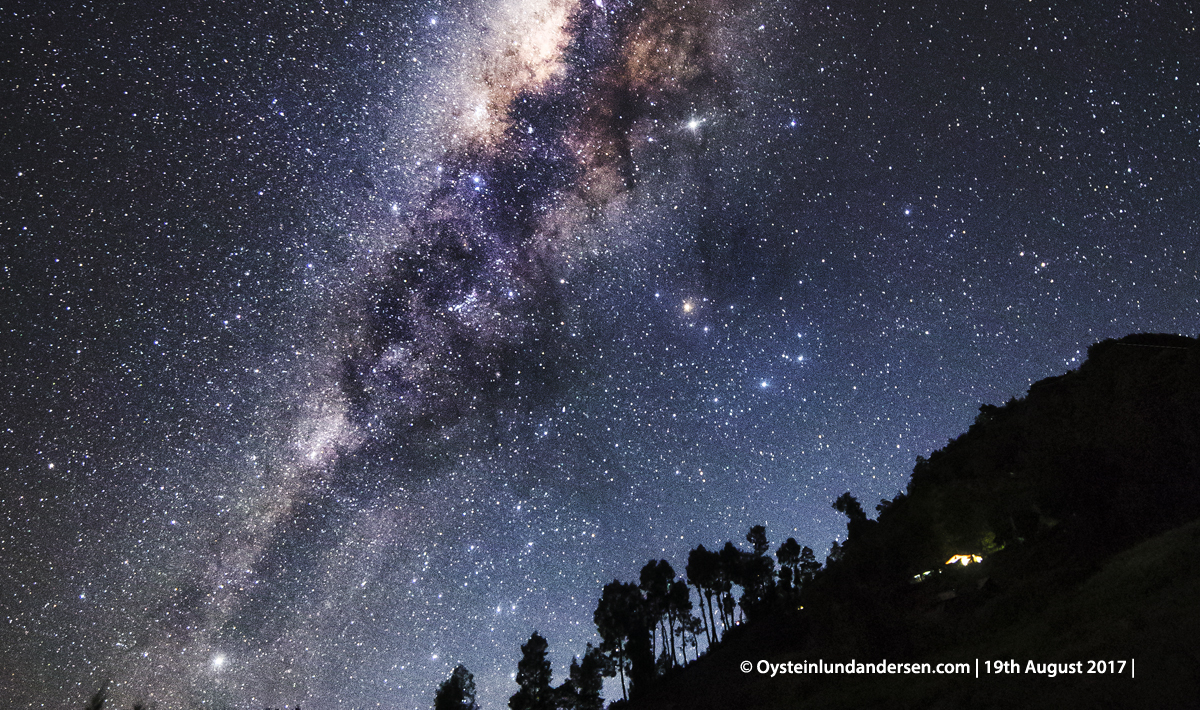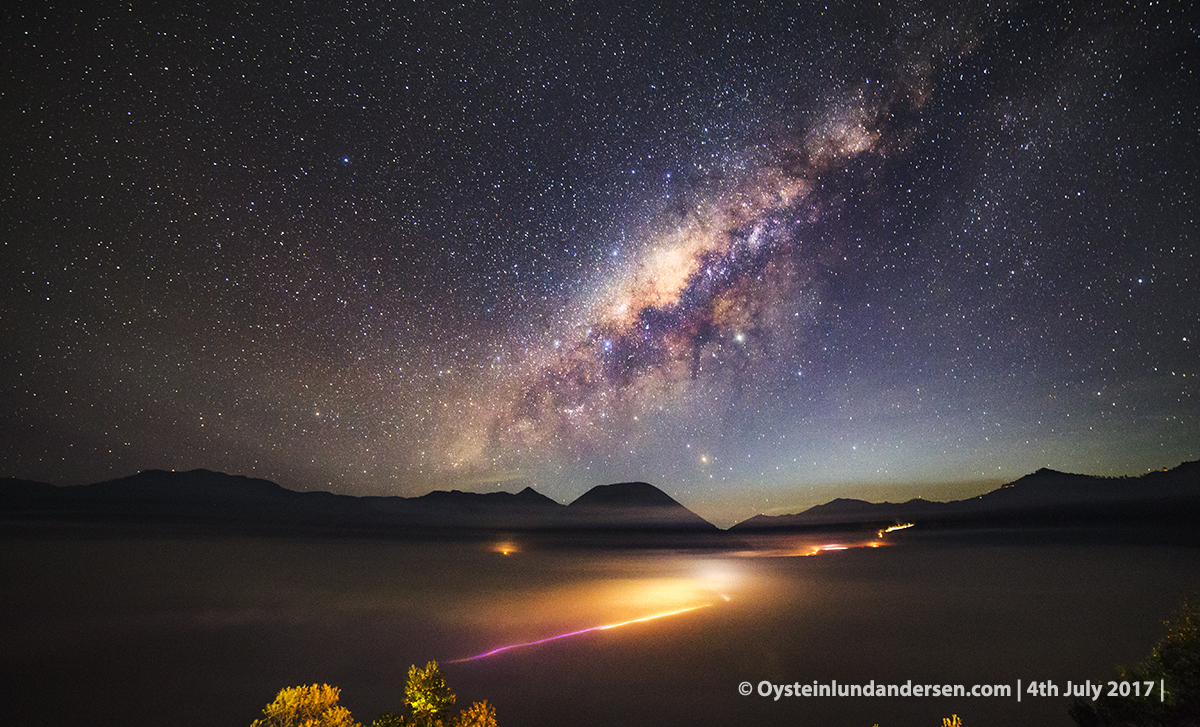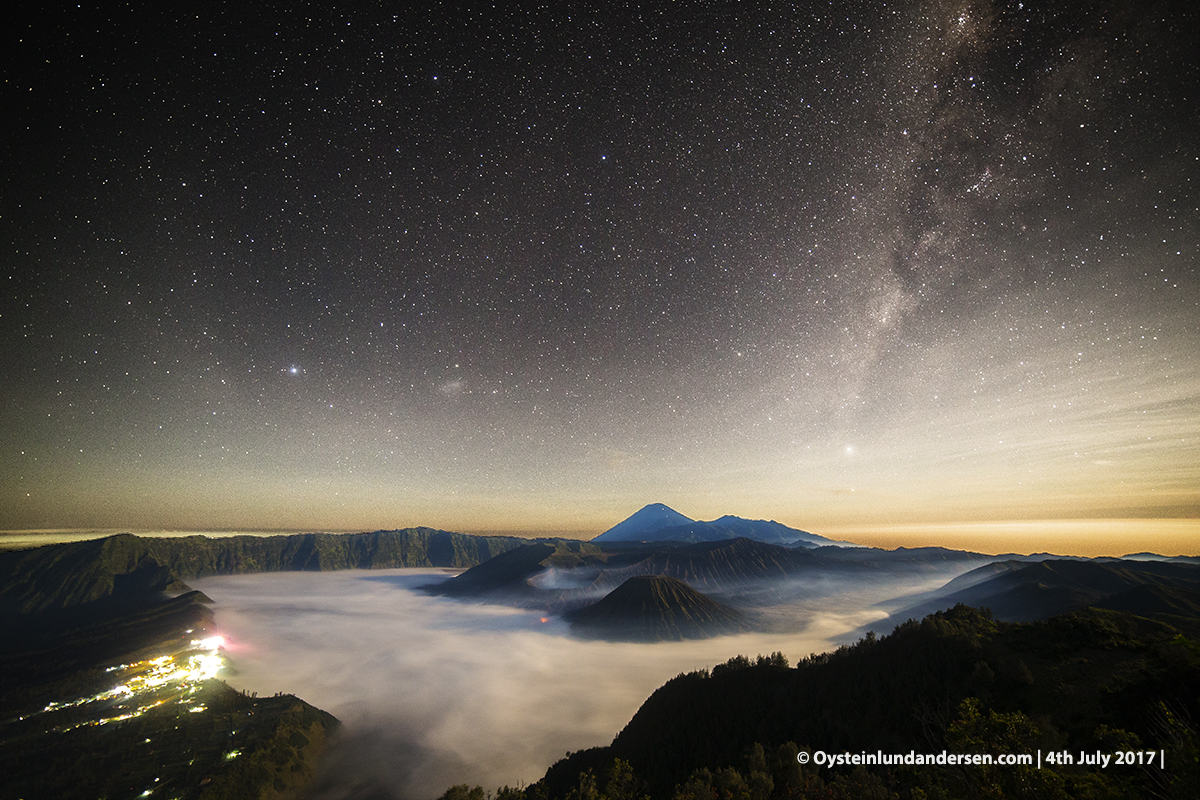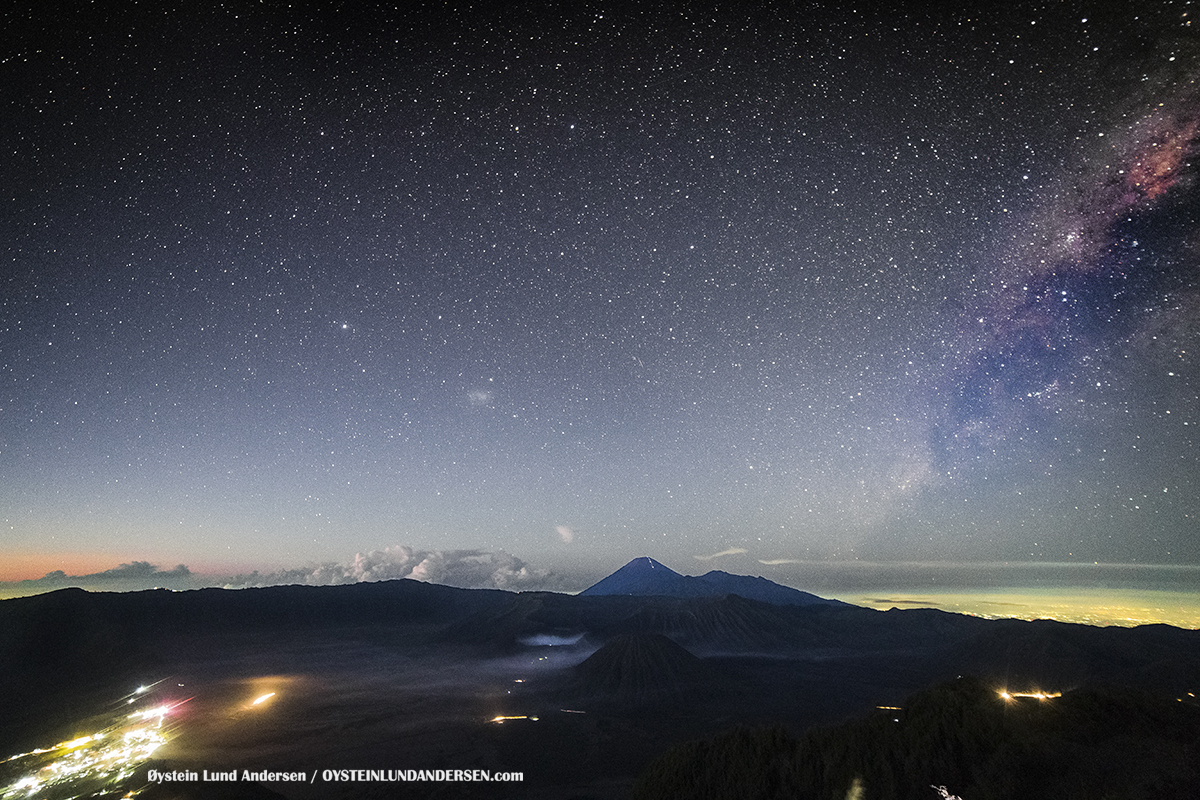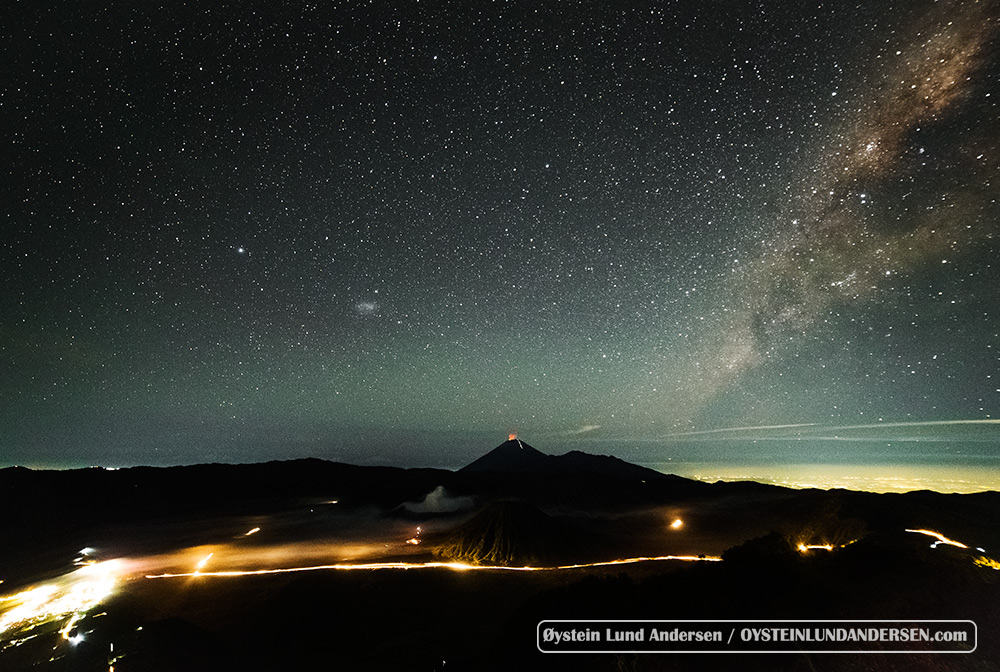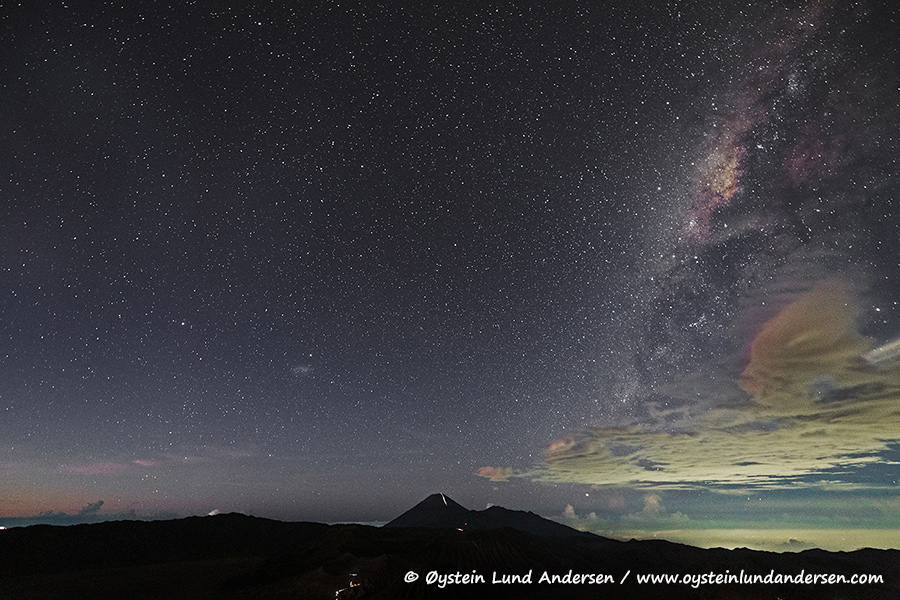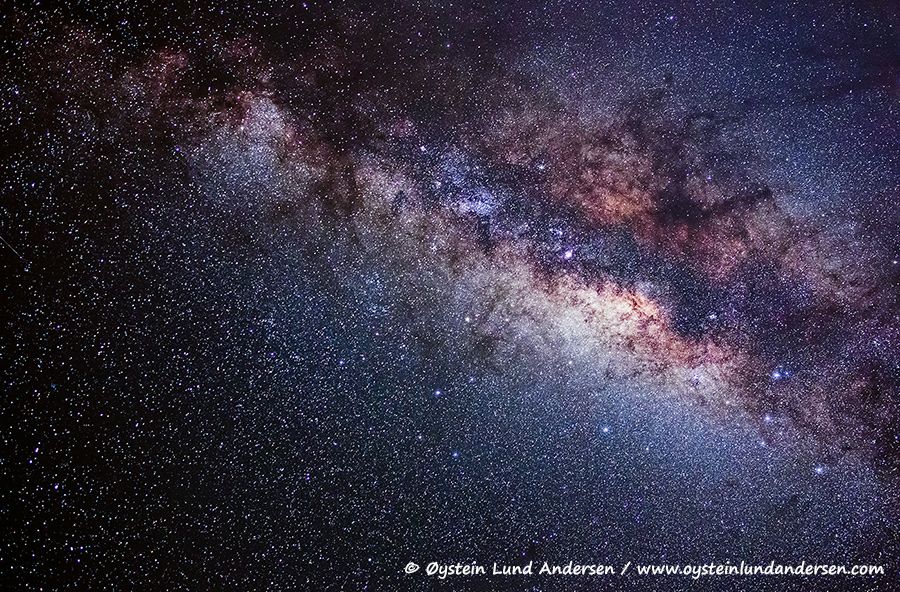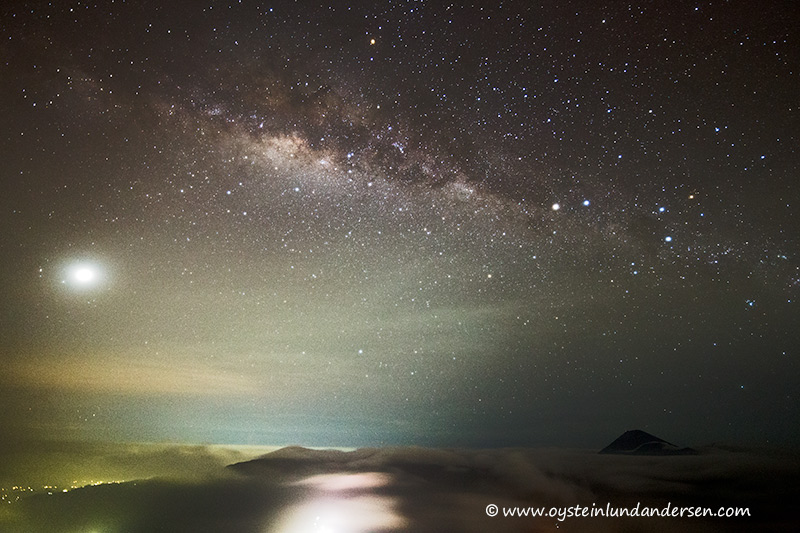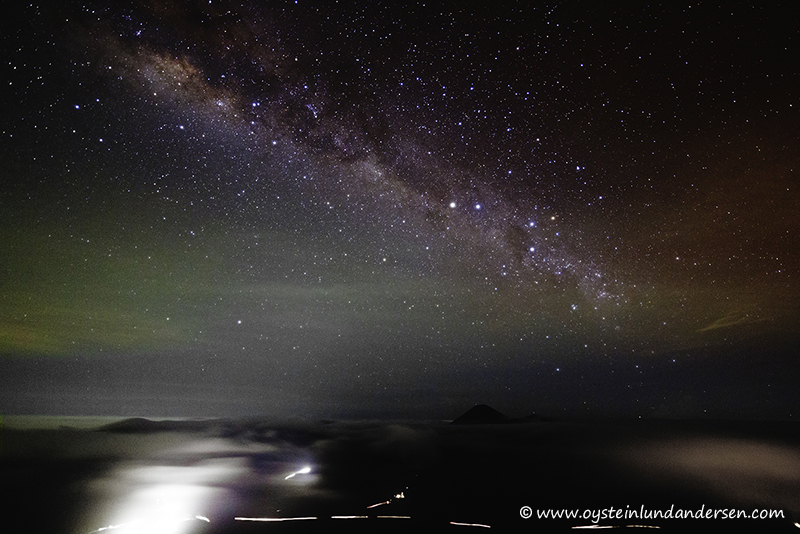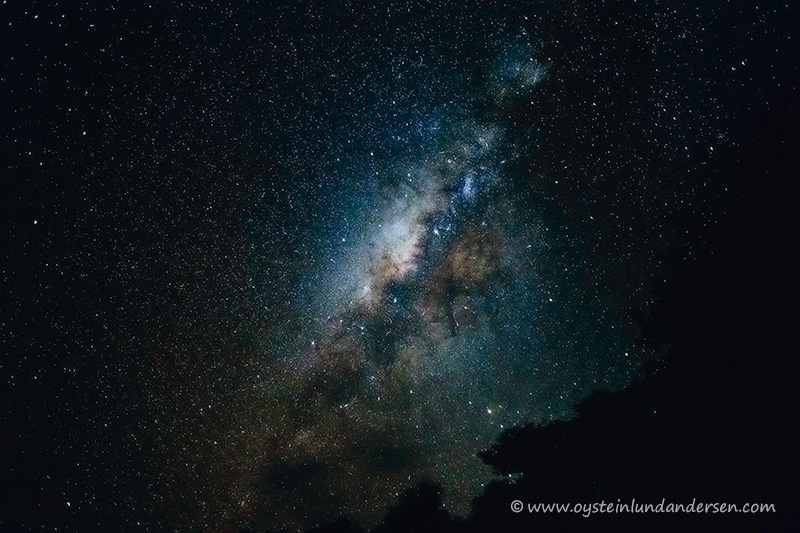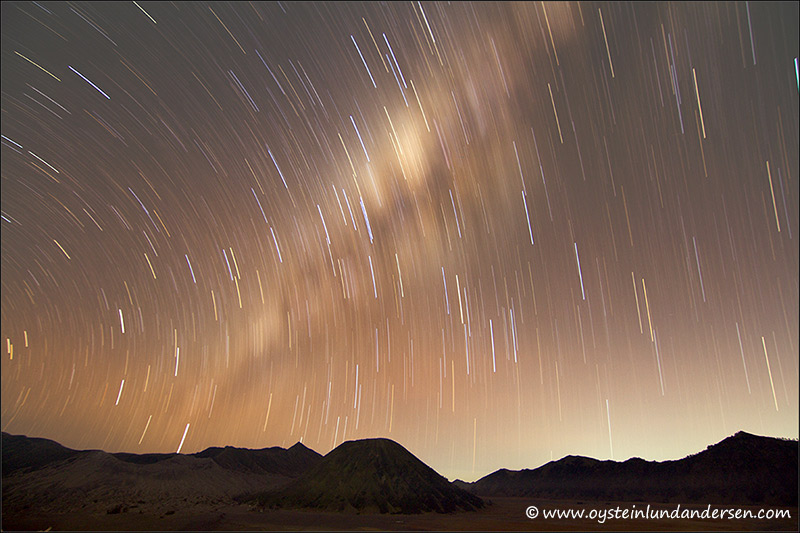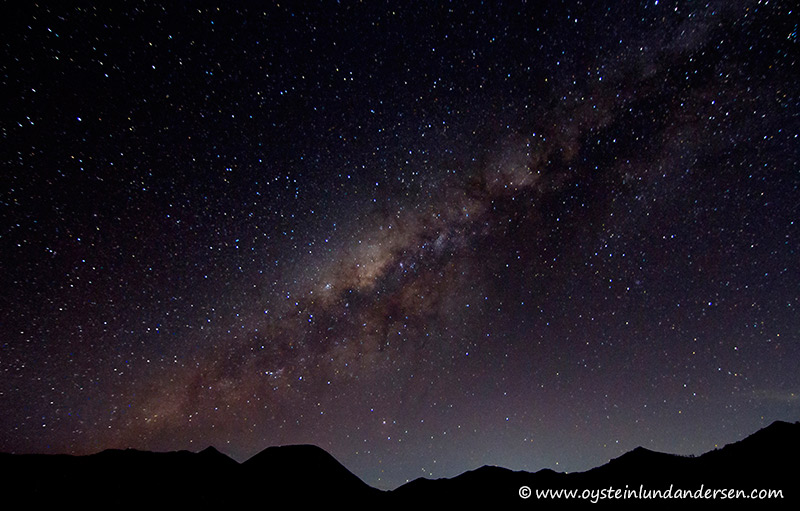The Milky Way is the galaxy that contains our Solar System. Its name “milky” is derived from its appearance as a dim glowing band arching across the night sky in which the naked eye cannot distinguish individual stars. From Earth, the Milky Way appears as a band because its disk-shaped structure is viewed from within. Galileo Galilei first resolved the band of light into individual stars with his telescope in 1610. Up until the early 1920s, most astronomers thought that all of the stars in the Universe were contained inside of the Milky Way. Following the 1920 Great Debate between the astronomers Harlow Shapley and Heber Curtis, observations by Edwin Hubble showed that the Milky Way is just one of many galaxies—now known to be billions.
The Milky Way is a barred spiral galaxy that has a diameter usually considered to be roughly 100,000–120,000 light-years but may be 150,000–180,000 light-years. The Milky Way is estimated to contain 100–400 billion stars, although this number may be as high as one trillion. There are probably at least 100 billion planets in the Milky Way . The Solar System is located within the disk, about 27,000 light-years from the Galactic Center, on the inner edge of one of the spiral-shaped concentrations of gas and dust called the Orion Arm. The stars in the inner ≈10,000 light-years form a bulge and one or more bars that radiate from the bulge. The very center is marked by an intense radio source, named Sagittarius A, which is likely to be a supermassive black hole.
Photos is available in different formats JPG/RAW/TIFF. Some of the photos are a combination/result of the stacking of many individal photos, to increase detail and reduce noise in the results.
